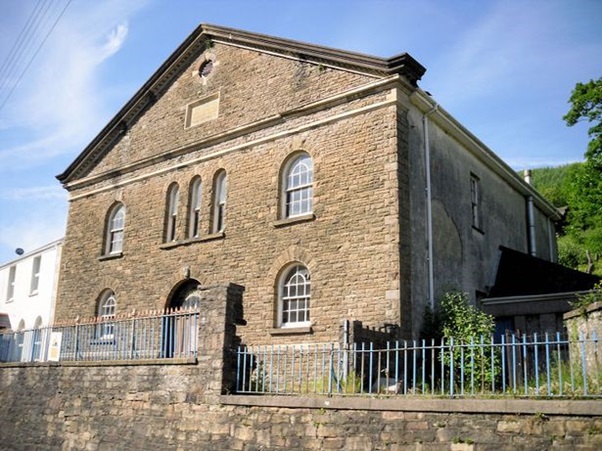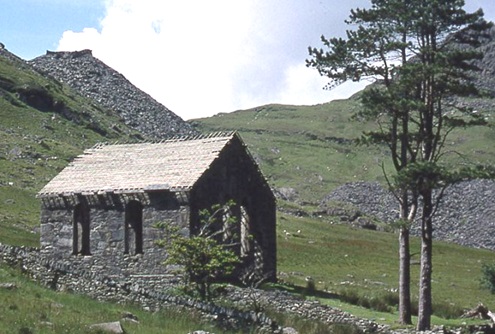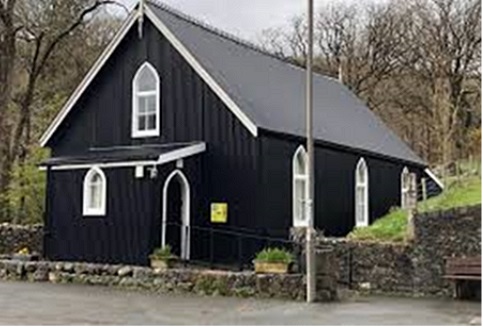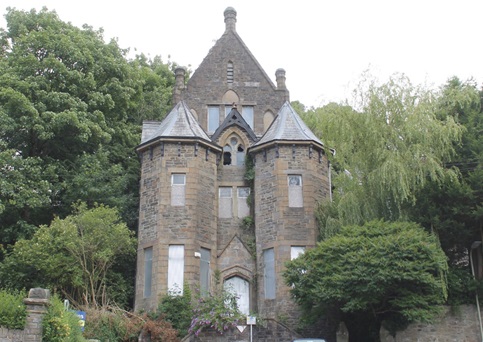Llanberis
Llanberis is one of the most interesting towns in Wales, lying in a deep valley below the mountain of Snowdon.
Llanberis is located between two large lakes formed during the Ice Age, Llyn Padarn and Llyn Peris.
On a crag on the strip of land separating the lakes is the historic Dolbadarn castle.
Its sturdy round tower was once a vital part of the defences of the ancient kingdom of Gwynedd.
It was constructed by Llywelyn the Great in the early 13th century to guard the important route from Caernarfon.
The Llanberis Pass runs from Llanberis for 5 miles up the valley to Pen-y-Pass.
The Llanberis Pass provides spectacular mountain scenery and is famous for rock climbing.
Above the town of Llanberis are the workings of Dinorwig slate quarry.
Commercial quarrying began at Dinorwig in the early 19th century, and at one time employed 3,000 men.
Railways, worked by dozens of small steam locomotives, carried slate around the quarry and then to Porth Dinorwig harbour to load onto ships.
On the lake shore are the old workshops which maintained the machinery of the quarry.
When the quarry closed in 1969, the Chief Engineer managed to preserve much of the machinery in the workshops.
This is now a fascinating museum explaining the history and operation of the quarry.
The museum has one of the largest water wheels ever built by Victorian engineers.
Water was carried by iron pipes from the slopes of Snowdon to power the wheel and drive the machinery in the workshops.
Part of the railway which took the slate to the coast has been rebuilt, and now carries visitors along the lake shore.
The tiny locomotives used on the line have all worked at Dinorwig, where they once hauled slate wagons around the quarry.
The town of Llanberis is the starting point for a path to the summit of Snowdon, and is also the departure station for the Snowdon Mountain Railway.
Since 1896 the Snowdon Mountain Railway has been carrying visitors to the summit of the mountain.
More recently, a huge hydrolelectic power station has been built at Dinorwig.
This power station is built inside the mountain, including ten miles of tunnels carrying roads and huge water pipes.
Translate the sentence:
Llanberis is one of the most interesting towns in Wales, lying in a deep valley below the mountain of Snowdon.
Suggested translation: (a number of alternatives acceptable)

















